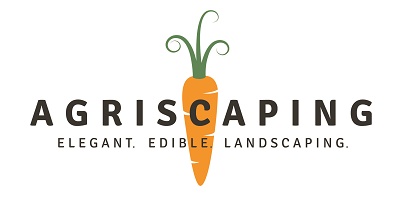Editor’s note: This is the second of a two-part series on raised bed gardening. Read last week’s post on Tips For Successful Raised Gardens.
Vertical gardens are increasing in popularity. They are elegant, efficient and relatively easy to maintain, allowing anyone to grow a very productive garden in a small space that offsets grocery costs, creating family food security.
Yet, many think a vertical garden is complex and don’t know where to start. By understanding the type of vertical garden you want and following the principles below, you can grow a vertical garden in your home, in your yard, or on your porch or balcony with confidence.
Vertical gardens are typically divided up into five categories:
1. Trellis Gardening: This method typically involves growing a plant from the ground and training it to grow up a supporting structure such as a trellis, a fence or archway. It may also include a living fence, hedge or even training one plant to grow up another.
2. Wall Gardens: One of the most popular types of small-space gardening currently. These include wall planters, gutters, or garden boxes that can be affixed to a wall.
3. Table Gardens: This includes growing plants on a table top in trays, on a counter, and even in a garden bed that has been raised up on legs! Plants in table gardens grow at waist height and are not planted in the ground.
4. Hanging Gardens: These include hanging pots and other containers or plants that are suspended from a ceiling, roof or wall. It may also include living roofs.
5. Tower Gardens: These are most often aquaponic systems or herb gardens that grow in large freestanding containers.
Principles of successful vertical gardens:
Microclimates
You don’t need to start with a full living wall in order to grow vertically. Often, the most effective raised gardens are mobile for the first season as the gardener experiments with watering, sunlight, and location. However, by understanding microclimate technology you can save time, money and resources by knowing what type of plants will grow in any given location.
Soil
The next most important principle is the type of soil that is required. Wall gardens, table gardens and hanging gardens all need to be lighter in weight as to not cause structural damage to whatever they are attached to. In addition, soil needs to retain more moisture than a typical in-ground garden needs. As a result, potting mixes with vermiculite and perlite are ideal. Soil should be watered heavily prior to planting. In an aquaponic environment, the growing medium and nutrients must be taken into consideration to ensure plants grow vertically and get the nutrients needed.
Watering
If plant starts are used in your vertical gardens, it is crucial to ensure that the plant start’s soil melds with the garden’s soil around - especially the first time you water. If not, the start’s soil will not soak up the water it needs around it. Trellis, table and wall gardens may be watered with drip irrigation, while hanging gardens and smaller table gardens will likely require hand watering. Most tower gardens and aquaponic systems come as kits and provide their own watering instructions. For all vertical gardens, watering must happen more regularly to keep consistent moisture, but not too wet that mold and unwanted fungus develops. It is better to water a little each day than to deep water vertical gardens.
Pollinators
Finally, it is important to understand the importance of pollinators to your vertical garden. If plants require pollinators for productivity, an indoor hanging garden will not be an ideal location for that plant. However, by planting companion flowers near plants in outdoor vertical gardens, the plant will most often be healthier and more productive.
To find out what webinars or live classes are available for free click here!


